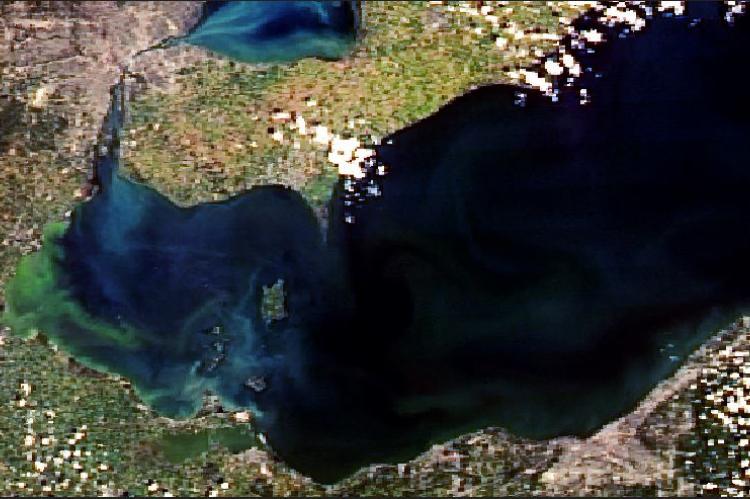Method of detecting toxic algae blooms developed
Algae blooms spell bad news. They occur when, under certain conditions, colonies of algae grow out of control and produce harmful effects on marine and animal life. They may cause discolouration of the water, contaminate drinking water, eat up the oxygen in the water or even cause the deaths of fish, mammals and even birds. People can also fall ill because of it.
Due to its potential to wreck havoc, it is useful for resource managers to be forewarned of an impending algae bloom. However, their development is hard to predict.
Nevertheless, a new study by researchers from University of Virginia shows how automated monitoring systems that identify “regime shifts” like the rapid growth of algae and then the depletion of oxygen in the water can successfully predict algae blooms in advance.
They created an algae bloom in an isolated lake in Michigan by slowly enriching it with nutrients, in the same way the flow of nutrients that might occur in a lake that was downstream of an agricultural area. At the same time, they also monitored a nearby lake that was not “enriched”, and another “reference lake” that was continuously enriched.
When the first lake exceeded preset boundaries, the flow of nutrients was stopped. This caused a decline in the algae growth, leading to conditions that were similar to the second, “unenriched” lake.
Environmental scientist Michael Pace, who led the study, said, "Our system detected early warnings more than two weeks prior to the bloom. In the experiment where nutrient inputs were cut off when early warnings occurred, the algae bloom was reversed. These whole-lake experiments show that early warning systems can be used to manage algae blooms in lakes, if rapid reductions of nutrient inputs or treatments for algae are possible."
He noted, however, that instead of relying on early warnings, "it would be better to reduce nutrient inputs from the start so that algae blooms do not occur at all.”


